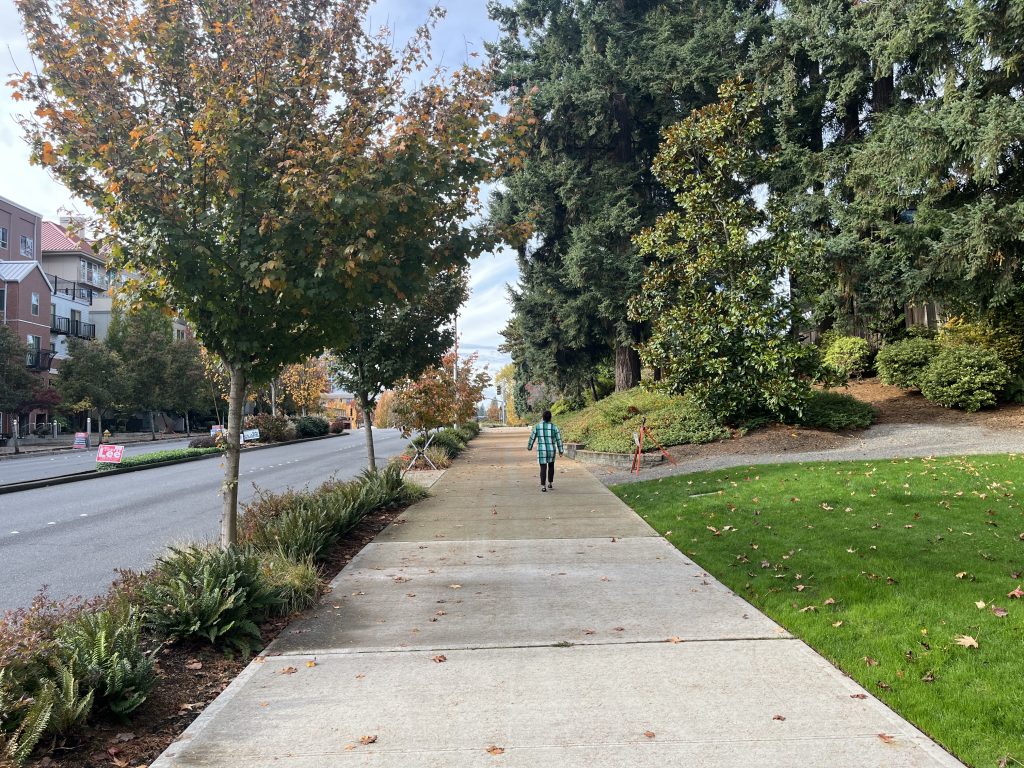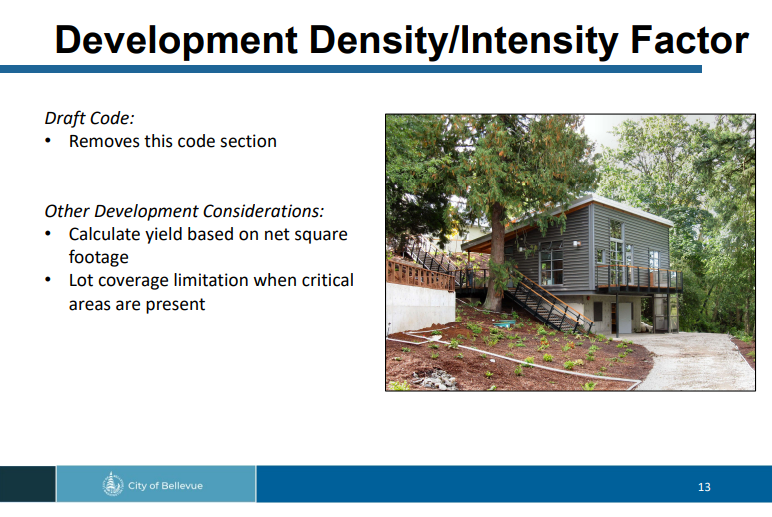As we prepare for the Housing Opportunities in Mixed Use Areas (HOMA) virtual presentation on September 8th and the Planning Commission meeting on September 10th when HOMA will be on the agenda, you can see the impacts of similar changes to zoning in the Pinnacle North project, for which a Notice of Decision (link to 251 page pdf) was posted recently in the August 28 Weekly Permit Bulletin. It is likely that people will feel more impacts from the ways HOMA adds height to Neighborhood Centers, but HOMA could also dramatically change the feel of new buildings being added to Downtown Bellevue, and we have an opportunity here to make our near-term growth more livable, with more community amenities – we shouldn’t pass that up!
Although Pinnacle North originally submitted its plans in 2021, it was revised in response to the incentives created in the 2023 Interim Official Control (IOC) ordinance,* and extended in 2024. The IOCs created a temporary sweetener to build taller since large projects were stalling due to high interest rates, and in some cases this also increased the number of affordable housing units that are planned (Pinnacle North is only one of four multi-tower projects that is leveraging the IOC incentives). It applied to most Downtown areas shown on the second map here (not perimeter overlay A-1 [immediately adjacent to Vuecrest and including the Polynesia] or the DT-OB district [Old Bellevue], but otherwise all of Downtown).
Some implications of the IOC for this project:
Buildings are allowed to be 25′ taller than would otherwise be the maximum, and the increased floor area ratio (FAR) may allow an actual addition of more than two stories because the buildings aren’t hitting the cap on maximum sqft.
The two buildings where the affordable units will go are increasing their number of units by 99% and 96%, and the other buildings will be larger too.
Buildings are now tall enough that the tower rules with greater setbacks would normally apply, so they had to ask for a variance that would allow the edge of a balcony on one building to be 32′ from the windows of the opposite building, and 33′ for another set of buildings. There is a 60′ requirement that is supposed to apply where privacy might be an issue, but these are 40 and 41′ apart if you do not count the balconies.
The averaged floor plate area of the floors above 80′ exceeds the maximum allowed, though only slightly.
The only amenity they’re counting toward the amenity point requirement is the plaza space, which includes a water feature. On page 240, you can see the list of other potential amenities that are not being provided, such as childcare, enhanced streetscape, active recreation areas and dog runs, street corner canopies, sustainability certification such as LEED, public art, and community meeting rooms/non-profit space.
The IOC gives an advantage to large projects with multiple types of zoning/building types. If all three buildings in the first phase (with the affordable units) had maximized their usage of the affordable housing bonus, they would only be able to have about 60 units of affordable housing. By using part of the potential incentives for the other buildings too, they will be able to put 85 units in two buildings, and extra height for market rate units is being added at the 25th and 26th floor to the tall towers (where different zoning rules apply), which presumably is more profitable than putting the bonus space in the 14 story buildings.
(more…)


